Jim East
- 19 Posts
- 40 Comments

 2·1 day ago
2·1 day agoTo be clear, the vast majority of the soybeans produced in the Amazon (and elsewhere) go towards “livestock” feed, so buying edamame or tofu isn’t really contributing much (if at all) to Amazon destruction, Atlantic Forest destruction, Cerrado destruction, or any other soy-related destruction in Brazil.
A fairly reliable choice in a wide range of conditions, but unfortunately not very goopy.
Possibly pushing your definition of “cucumber” a bit, but Cucumis anguria comes to mind. Probably not fit for the swamp, but in a container in full sun, it could work.

 1·2 days ago
1·2 days agoAh, so I guess you don’t spend so much time sawing high branches then. Would you let the field reforest itself or just continue to mow it?
The time you enjoy wasting is not wasted time.
:)

 1·2 days ago
1·2 days agoAre your avocado trees seedlings or grafted? If grafted, you might try to ID them by comparing to the cultivars featured here. Pollination does seem like the most likely issue, but sometimes trees just aren’t strong enough to set fruit. Do they seem just as healthy as before? No strange weather anomalies during flowering?
I’ve never heard of Lemon Meringue mango before, but it sounds interesting! I’ve heard of Lemon Zest which is supposed to be delicious.

 1·2 days ago
1·2 days agoDid your Honeycrisp survive?
three sisters
You might consider Fordhook lima beans and Delicata squash. I’ve heard good things. Do you have purslane (Portulaca oleracea) there? If you let it colonise the garden beds, it makes a weed-suppressing moisture-retaining arthropod-sheltering edible ground cover.
Pruning hasn’t been an issue yet, but I will need to more actively manage the raspberries this year.
Yes you will, lest they begin to manage you. I recommend growing them over a fence or some wire or some sort of trellis and then pruning the ends before they can touch the soil and tip-layer themselves. Life is easier that way.
In the future I’m hoping to add lots more edible native shrubs, and maybe more trees if I can find good spots for them.
Some ideas in alphabetical order:
- Amelanchier laevis
- Asimina triloba
- Diospyros virginiana
- Prunus americana (if you don’t have plum blight there)
Last year one bin produced enough to cover about one and a half of my 4x8 ft garden beds
So you cover the surface of your garden beds with compost? That’s the way. Protect the soil from erosion while keeping the nutrients near the surface where the roots can reach them. A generous layer of mulch over the winter is also helpful, especially if the beds will be vacant.
I don’t really expect to get fully self sufficient on compost anytime soon, but I’ll keep producing as much as I’m able.
Do you compost your poop? Mixed with wood shavings, that could make a fair amount of compost.

 1·2 days ago
1·2 days agoOne consideration is the seasonality of the fruits that you grow. Additional fruit-bearing plants would ideally produce during gaps between the other fruit seasons so that you have a continuous harvest for as much of the year as possible. That’s something that will be specific to your area though, so I can’t really advise.
If you toss in any native plant seeds that you can find and then don’t mow, the lawn will eventually reforest itself. (If you were in North America, I would recommend Robinia pseudoacacia.) Less work than mowing 1-3 times a year. In the beginning, pulling the grass at the edge of the clover can help a lot, and it only takes a few minutes every month or so.

 2·2 days ago
2·2 days agoAh, of course. If you depend on the government and human-made infrastructure, New Zealand and Finland and the like are definitely more reliable than any countries at the equator. (Except Singapore? Interesting.) Governments don’t grow durian though.

 1·2 days ago
1·2 days ago



Severe weather events in New Zealand
I know that New Zealand has the ocean to buffer it against temperature extremes, but based on this image:

it seems that the island of New Guinea, which is also east of the Wallace Line, has experienced similarly mild warming in recent decades. Maprik (3.63°S, 143.05°E) at ~200m, for example:


seems to have a much more durian-friendly climate than even areas at sea level on the north island of New Zealand (e.g. Ahipara).
And that’s not even Borneo. What is the advantage of New Zealand? Am I missing something?

 3·2 days ago
3·2 days agoBest way to protect yourself is to find some land at a comfortable elevation near the equator and start planting fruit trees.

 5·2 days ago
5·2 days agoNot even fair to compare to 2024. This year is on track to be the warmest non-El Niño year on record.

 2·4 days ago
2·4 days agoAre you sure that the trees aren’t Dunstan chestnuts?

 2·8 days ago
2·8 days agoIs there no chestnut blight in your area?

 1·9 days ago
1·9 days agoEven better!

 2·9 days ago
2·9 days agoWould you be able to prune the house? I don’t know the layout of your place, but that might make more room. Otherwise, the neighbour’s land is always an option.

 1·11 days ago
1·11 days agoYes, convert that lawn! Two plants worth considering are Prunus persica ‘Kernechter vom Vorgebirge’ and Amelanchier × lamarckii. I’ve heard great things about them, but they were growing in SW Germany, so do your own research first. What do you use for a ground cover? Clover can be a valuable ally in the fight against the grass.

 3·11 days ago
3·11 days agoThat is an impressive agroforestry system. :) Which chestnut species do you grow?

 2·11 days ago
2·11 days agoYou have a ton of potential in South Florida! (Until sea level rise floods everything, of course.) Will you add more fruit trees? The nurseries in your area have some amazing options. Which mangos and avocados do you grow? I’m curious about the quality of ‘Monroe’ and ‘Oro Negro’ avocados.
It’s strange what’s happening with your avocados. Do you know if the bloom timing of avocados in your area has changed at all? If they were previously getting pollinated by trees that now bloom at different times, then that could explain the lack of fruits.
If it’s a choice between banana and grass, I recommend banana 100%. Pine Island and Excalibur both sold Dwarf Namwah last I checked, and that should be very productive. Excalibur also sells FHIA-18, which doesn’t taste so much like banana. I recently posted about it here, though the linked PDF is in spanish.

 1·11 days ago
1·11 days agoOff to a good start! Do you know what else you want to add? Forelle pear might be worth considering for your area, but do your own research.
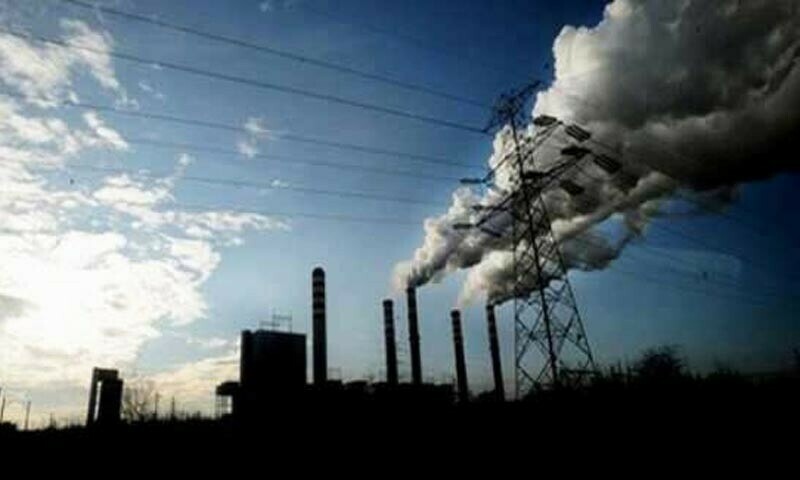
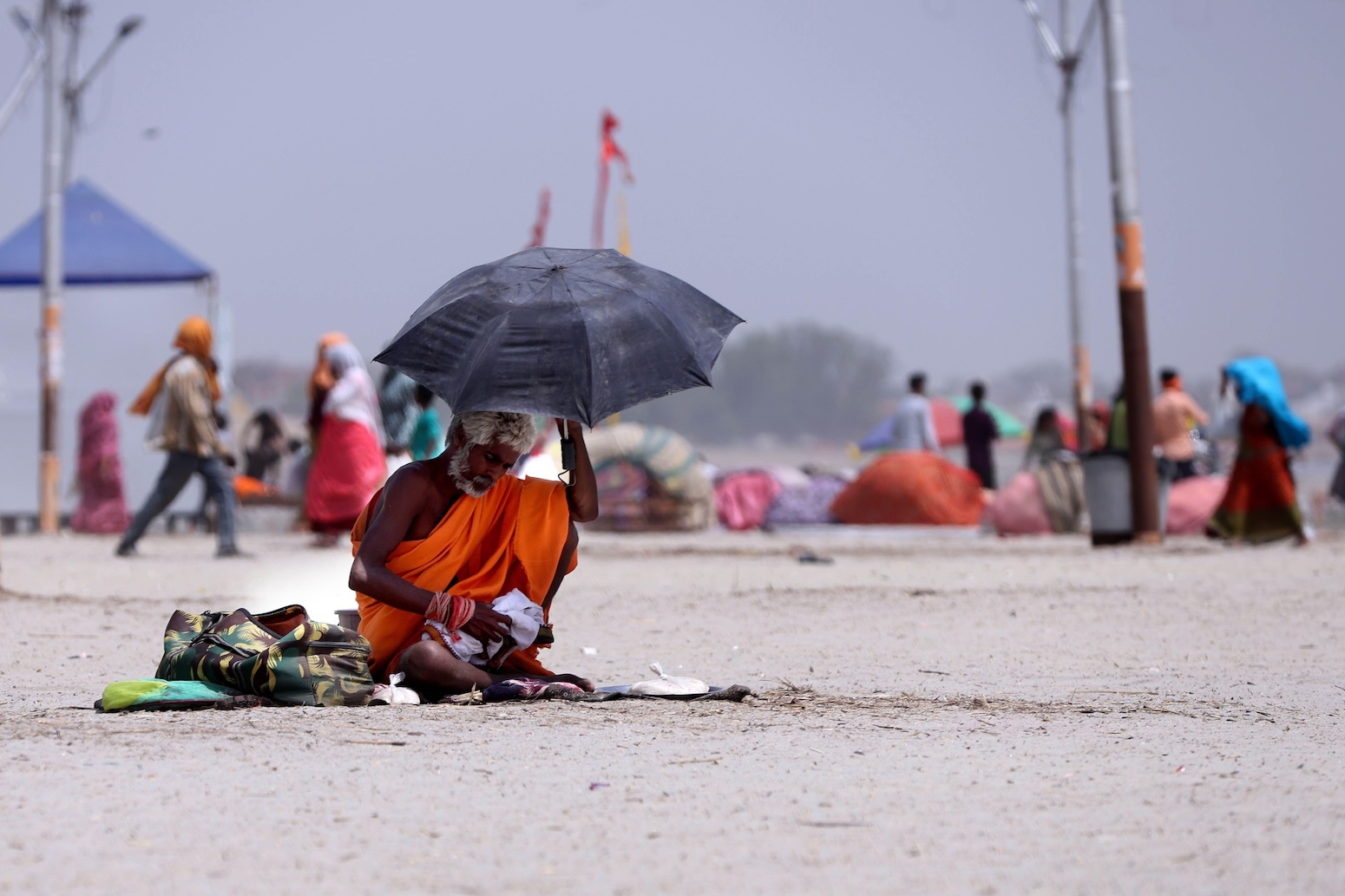
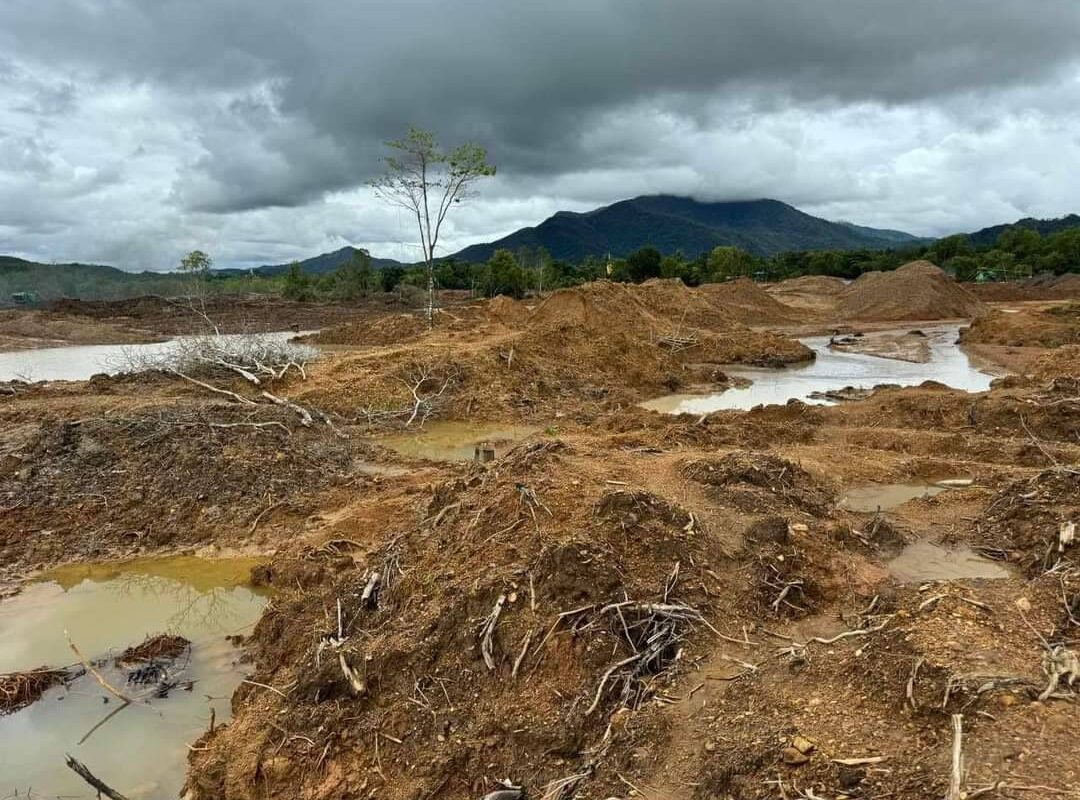


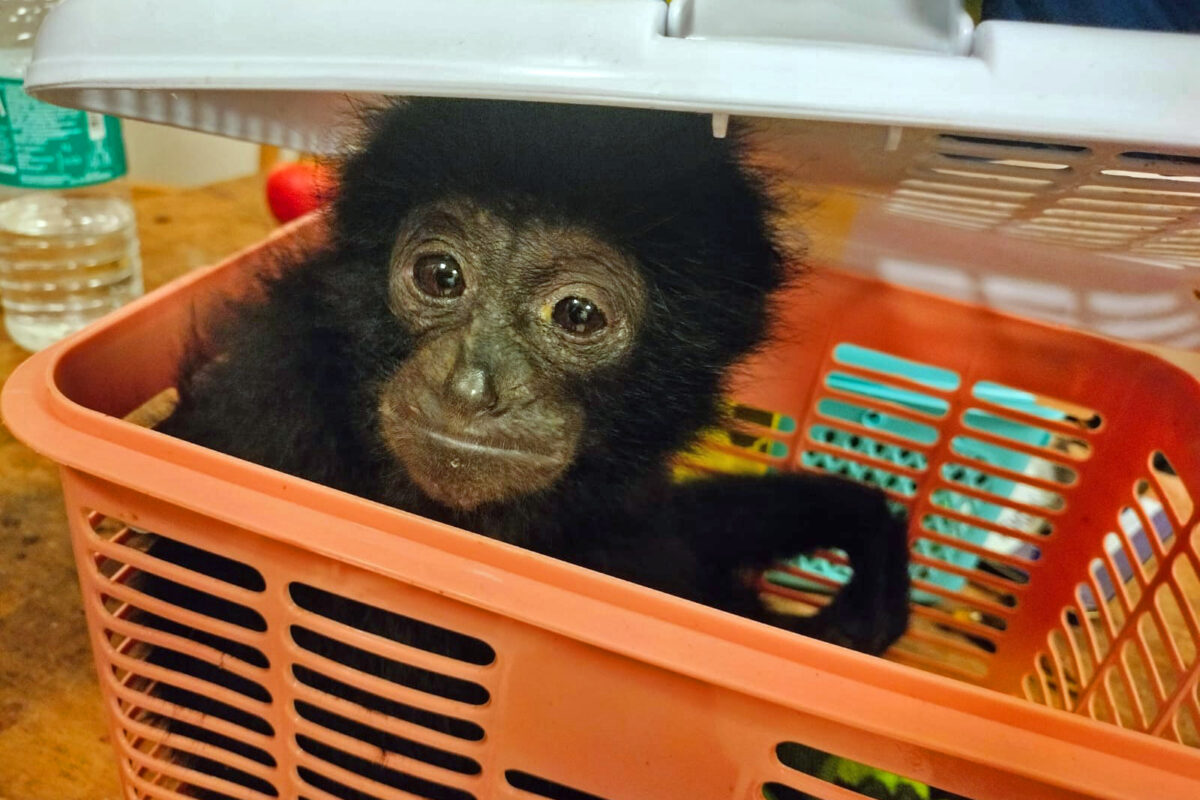
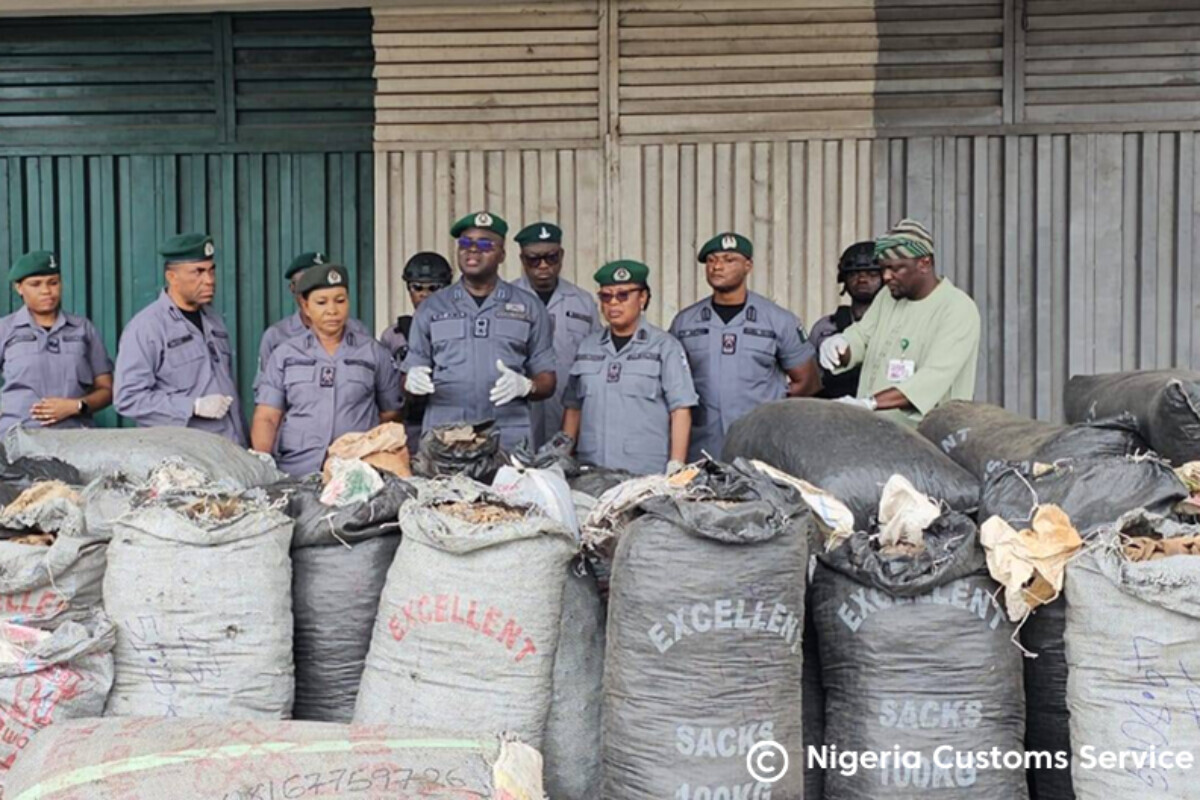


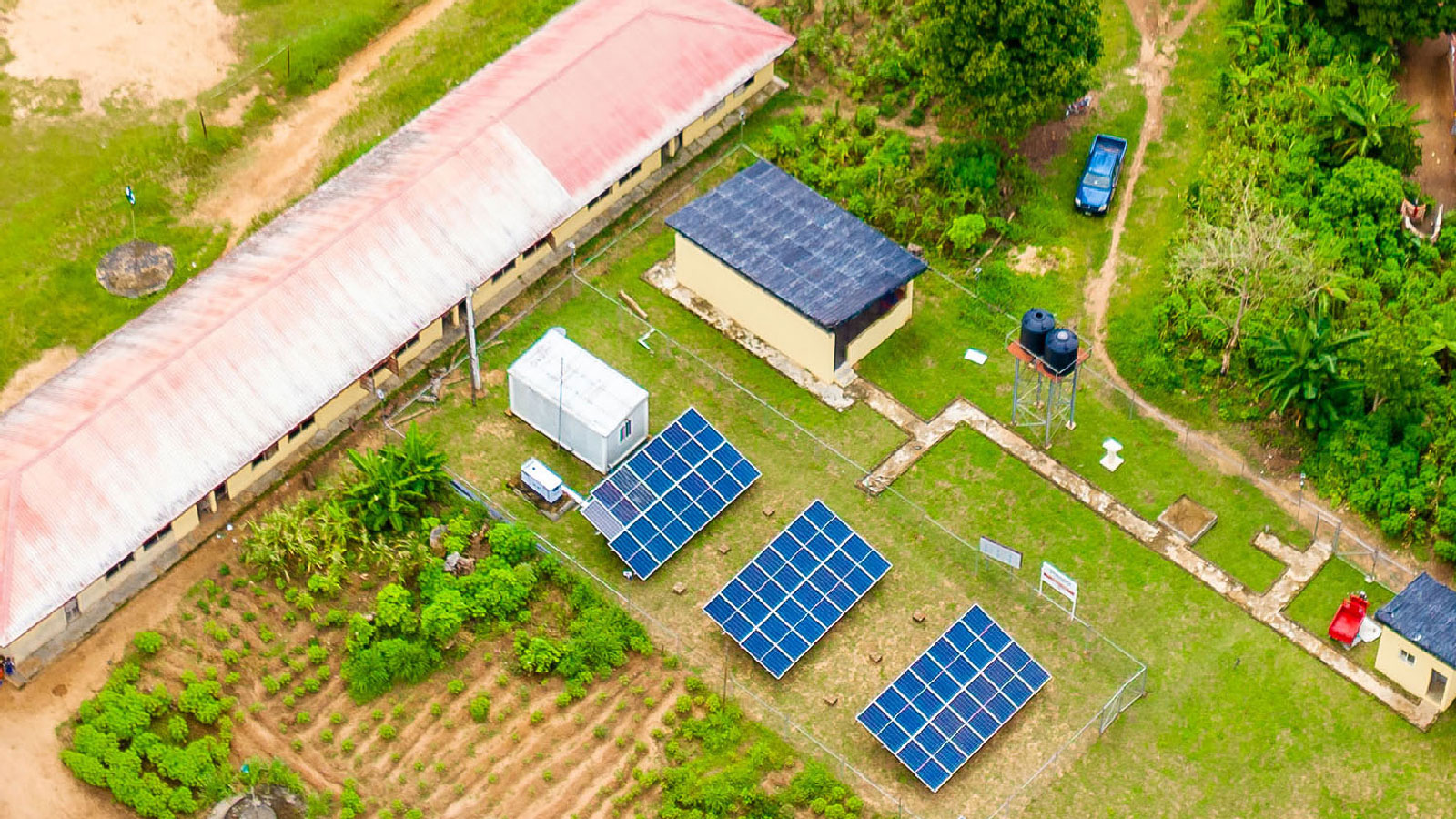

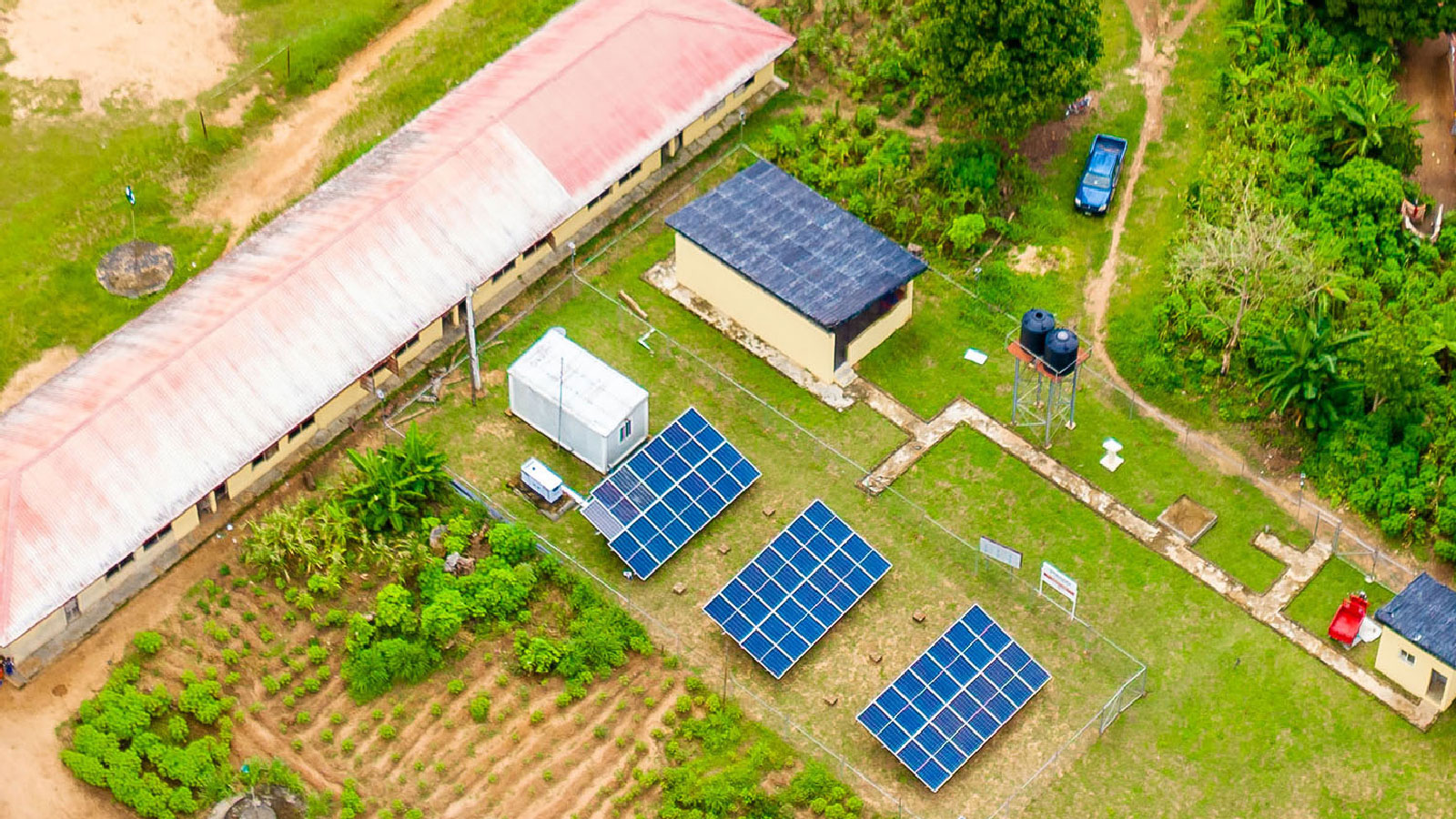
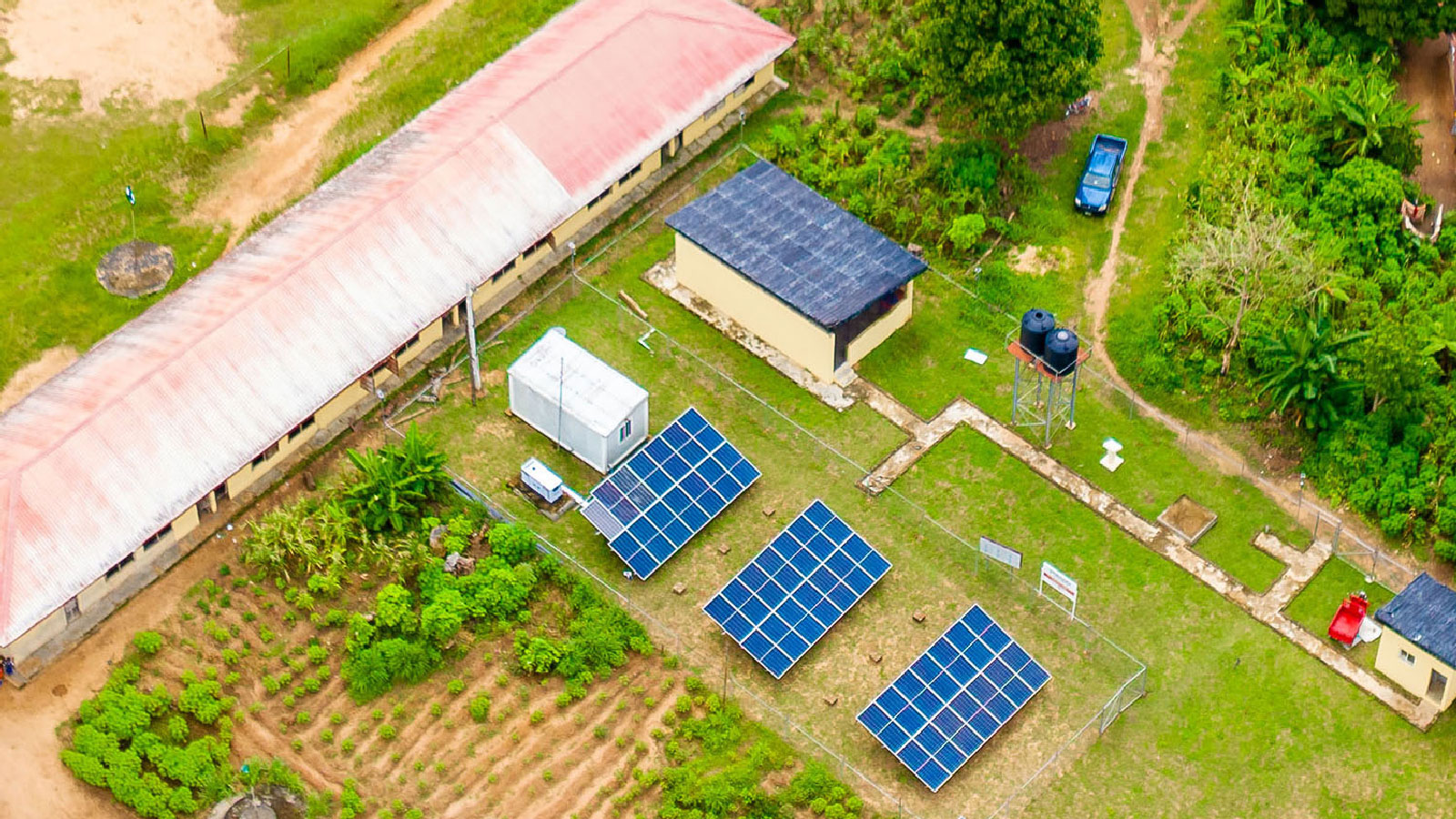


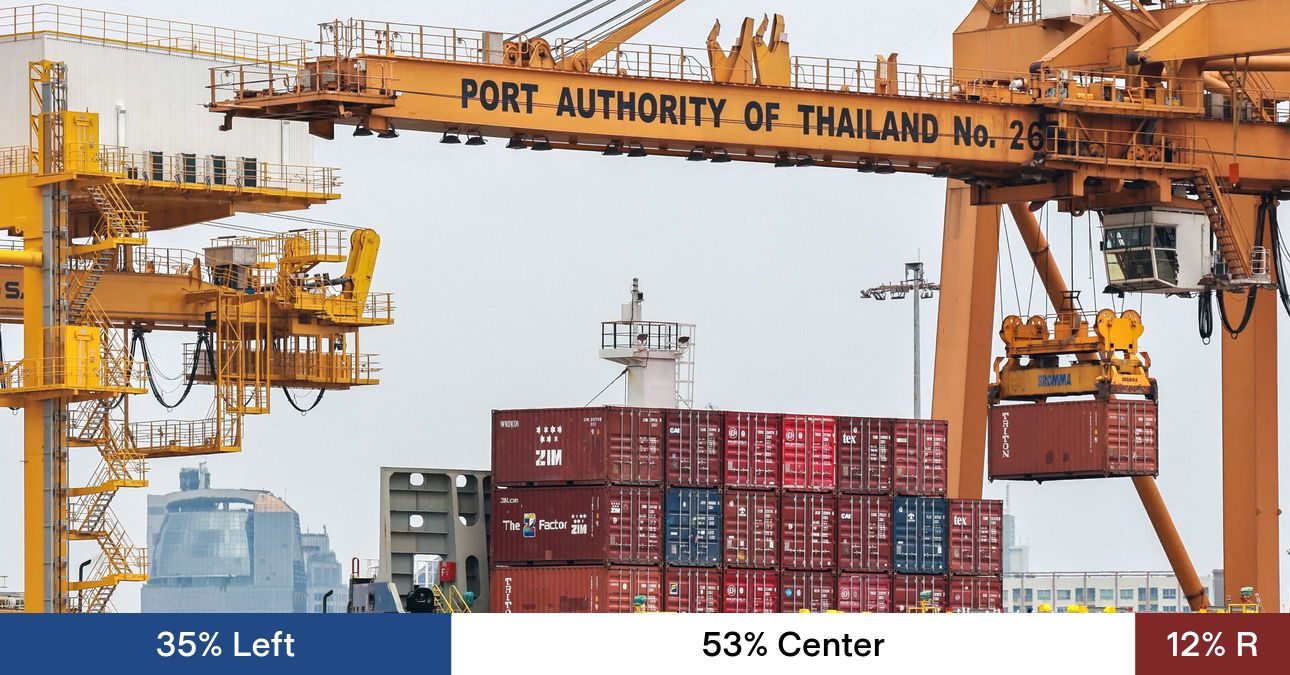
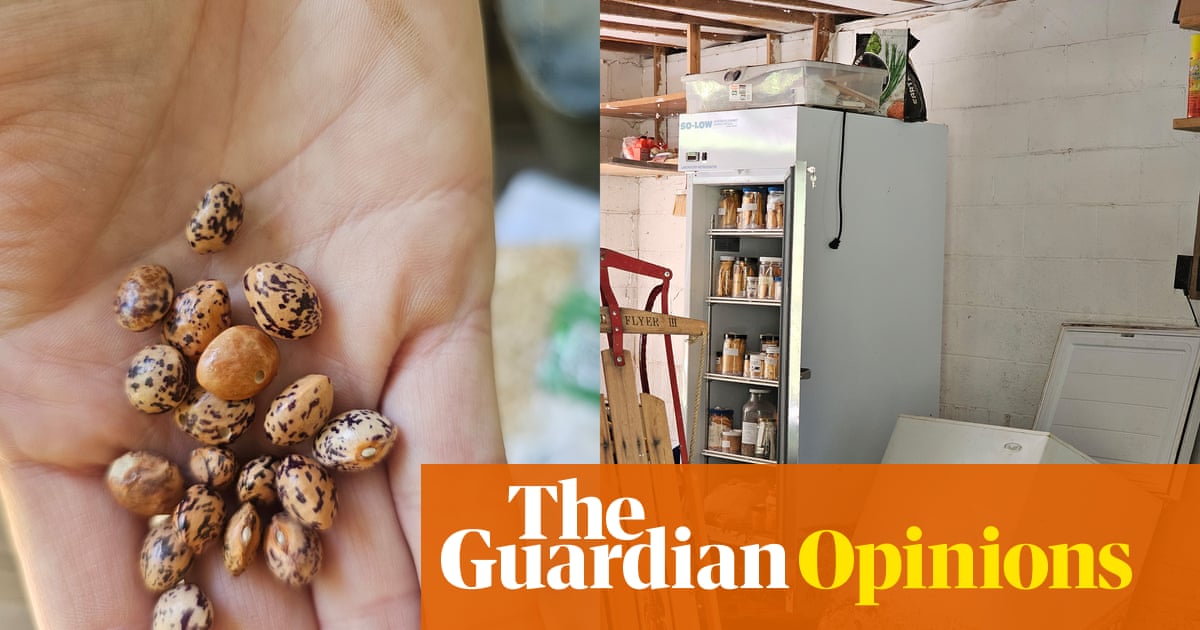
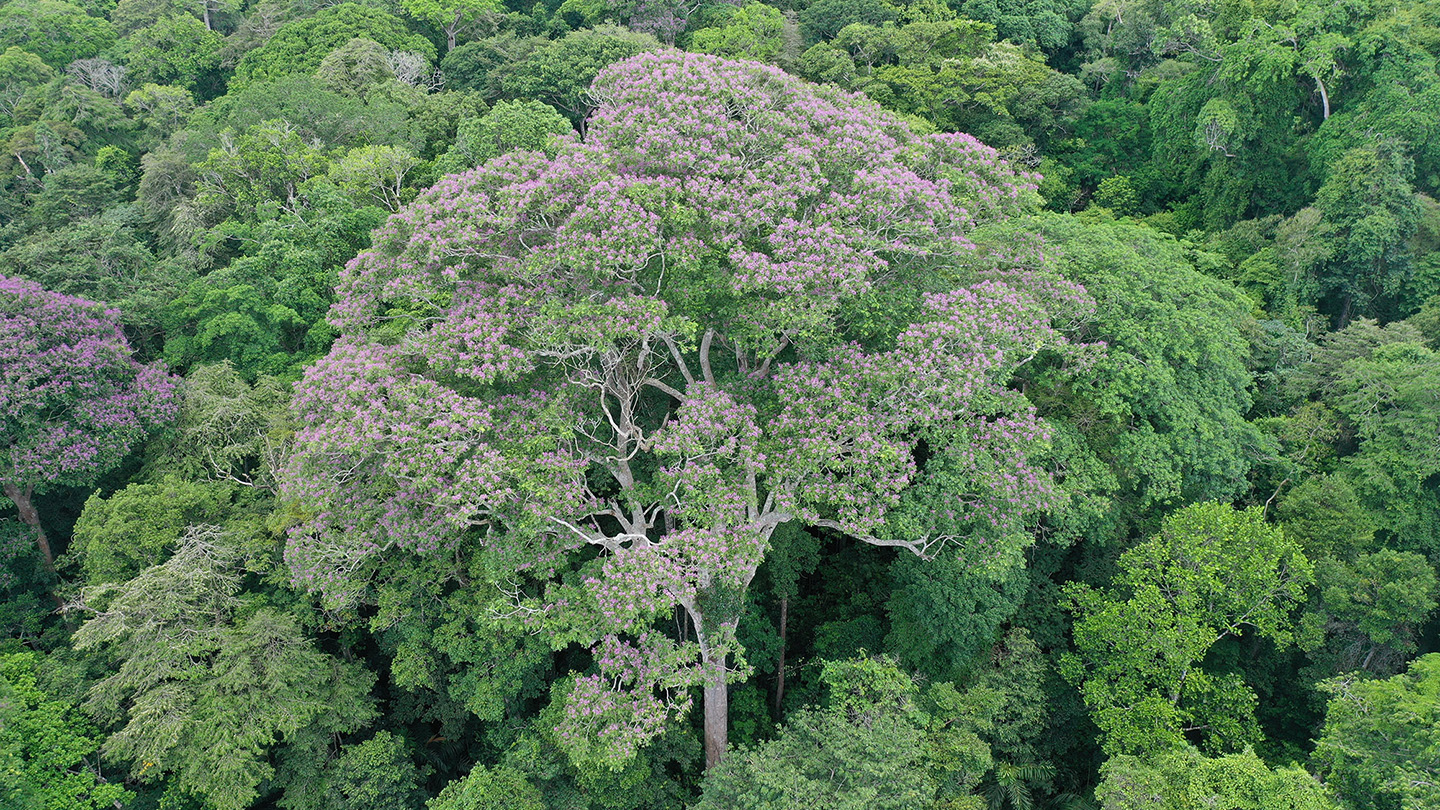
Cow pasture accounts for about 80% of Amazon deforestation since 1970, but feedcrops like soya are still a significant contributor. Animal agriculture excluding cow pasture accounts for an additional 12% of deforestation, and part of that is soya monocultures. Perhaps the bigger problem with soya cultivation in the Amazon is the opportunity cost that is not apparent from the deforestation numbers: it is often grown on former pasture lands that could have otherwise reforested themselves.
That said, you’re right that not buying soybeans from Brazil would have little impact, as the vast majority of the soybeans produced in Brazil are fed to “livestock” animals.